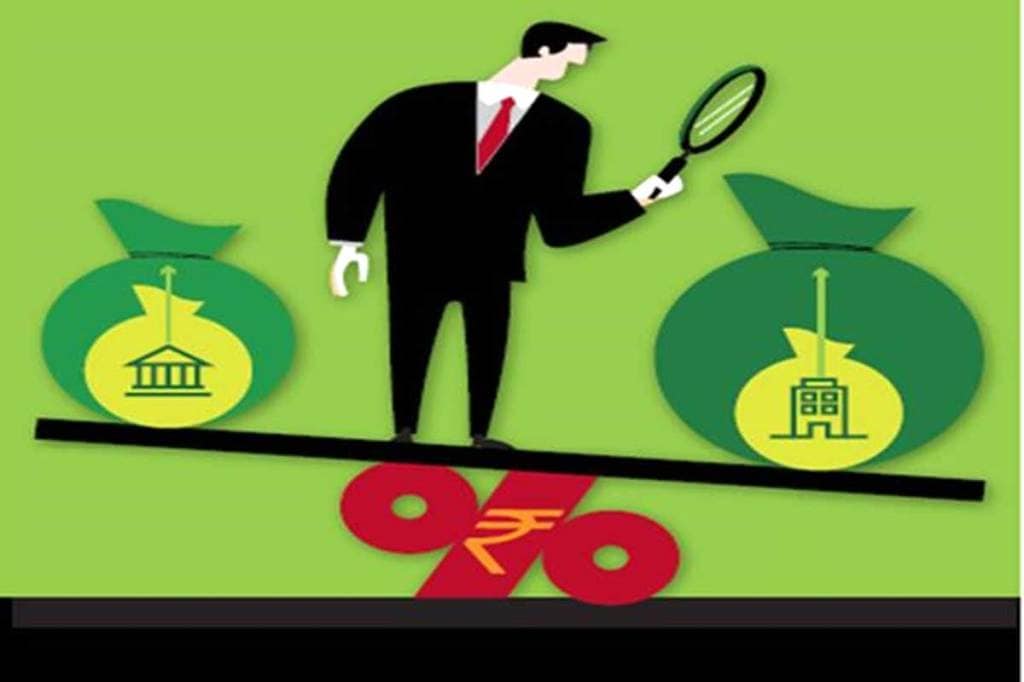Banks are offering very low interest rates on Fixed Deposits (FDs) due to the low key policy rates set by the Reserve Bank of India (RBI). As the FD rates fall behind the rate of inflation, investors face devaluation of the money invested in FDs on maturity.
Banks, on the other hand, lend the money collected from FDs and other investors to the borrowers at a higher rate. The difference in the FD rate and the lending rate enables banks to meet their running expenses as well as earn profits.
Along with equity capital, companies take loans to meet requirements of recurring expenses and to enhance the return on equity.
Apart from approaching financial institutions for loans, companies may decide to approach general people directly to raise funds by issuing a financial instrument called bond. So, buying or investing in bonds means lending money directly to the issuer.
The issuer company in return issues a bond promising to repay the principal amount on maturity and also to make regular payment till maturity – that is throughout the duration – at a specified rate of interest called coupon.
Loss of purchasing power of capital invested: Immediate relief not in sight for FD investors
Reward
The gap between deposit (FD) rates and lending rates enables companies to offer bonds at a coupon rate higher than the FD rate but lower than the lending rate at which they borrow money from banks and financial institutions.
As a result, investors earn a return higher than the FD rates, while companies are able to borrow at a rate slightly lower than the lending rates of banks. So, it’s a win-win situation for both investors as well as the companies.
Bonds also provide opportunity to investors to sell the instruments in the secondary market at a price higher than the face value to get a higher return.
Risks
Investors may face credit and default risks if investments are made in low-rated bonds, when the issuer fails to pay interest and even the principal amount due to any financial crisis.
Market value of a bond may increase due to a fall in the interest rates subsequently. However, subsequent rise in interest rates would result in decrease in the market value of the bond. So, bonds face interest rate risk, which increases with the duration.
Apart from FDs, bond investors may also face devaluation in the principal invested – especially after paying tax – due to the higher rate of inflation than the coupon rate. Even with a lower coupon rate than taxable bonds, tax-free bonds may provide better returns for the investors in higher tax brackets.

